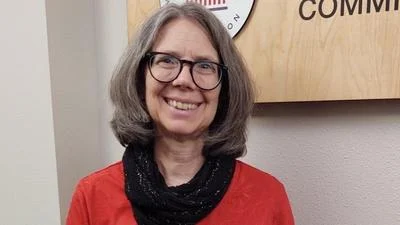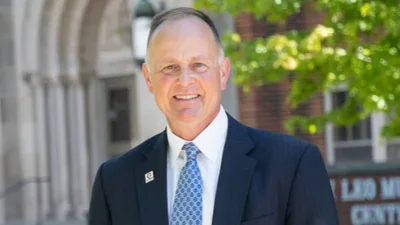Chippewa Valley Technical College issued the following announcement on Jan.25.
$10 MILLION WORKFORCE INNOVATION GRANT HELPS BRING MANUFACTURING EDUCATION TO RURAL STUDENTS
The president of PMI, a metal fabrication business in Bloomer, said the labor shortage is a significant barrier to growth for manufacturers like himself.
“We are being forced to turn down new work due to a lack of available labor resources,” said Christopher Conard.
His business isn’t the only one. Knowing his company’s position, and that of others, he was eager to continue PMI’s partnership with Chippewa Valley Technical College and plan to build a training classroom, lab space and secure equipment to provide a collaborative space to train individuals.
Some might have considered it a pie-in-the-sky dream, but with proper planning and a $10 million Workforce Innovation Grant from the Wisconsin Economic Development corporation to address the critical workforce shortage in manufacturing, PMI, and a few other manufacturing-type companies are seeing their dreams come true as CVTC welcomes the continued partnerships.
Gov. Tony Evers’ announcement of the three-year grant award was like an early Christmas present to the college and its partners on Dec. 14.
CVTC’s RESTORE (Restoring Employment through Support, Training, Outreach, Recruitment and Education) program is partnering with Northwood Technical College, Workforce Resource, Inc., Bloomer School District, Osseo-Fairchild School District, St. Croix Central School District in addition to PMI to facilitate career pathways in metal fabrication for underserved populations throughout rural northwestern Wisconsin.
“Employers are struggling to hire qualified workers into key metal fabrication careers throughout the manufacturing sector,” said Sunem Beaton-Garcia, CVTC president. “While these jobs are high-paying and in demand, we need to do what we can to attract people to the field through skilled training and education, which will lead to successful, long-term careers.”
Jeff Sullivan, CVTC dean of apprenticeships, engineering, manufacturing and IT, said the idea of working with community partners to provide skilled training to people from rural areas is nothing new, but typically because of lab space and equipment, it had to be done in Eau Claire.
The grant money is opening new doors.
“We now have the ability to cut down on the barriers of transportation, space and equipment,” Sullivan said. “We’ll be able to serve employers in rural areas. The grant gives us space and access we haven’t had before to provide training.”
In western Wisconsin, 16 companies signed letters of support recognizing that the grant would ultimately help their businesses as well. Since then, several businesses have also offered support.
The plans being put in the works now between CVTC and the named businesses include new infrastructure, equipment and space. The college also will develop training pathways and processes to work with K-12 partners for manufacturing academies in these new spaces.
Sullivan said previously CVTC partnered with Philips Medisize to offer manufacturing and quality training. When it was offered in Eau Claire, participation was abysmal at two students. When the class was moved to the Menomonie campus to offer it closer to the business and to rural participants, the class size increased to 54.
“We’re doing things we know have been successful in the past,” Sullivan said. “We’re going to have access to more communities and areas that may have taken 45 minutes to an hour for those students to get to our campuses. When we’re done, we’ll be able to bring the training closer to them.
“It’s just taking something and expanding on what we do well and trying to do it on a bigger scale.”
Conard, president of PMI, acknowledges training centers like the one planned for his business will be an important resource to develop the skilled workforce for years to come.
“If we can improve the availability of skilled workers, we can expand businesses, create more jobs and help the community grow,” Conard said. “More jobs mean more people moving to the community who then support retail shops, restaurants, school district growth and churches, and the tax base expands to support the community as a whole.”
Original source can be found here.





 Alerts Sign-up
Alerts Sign-up